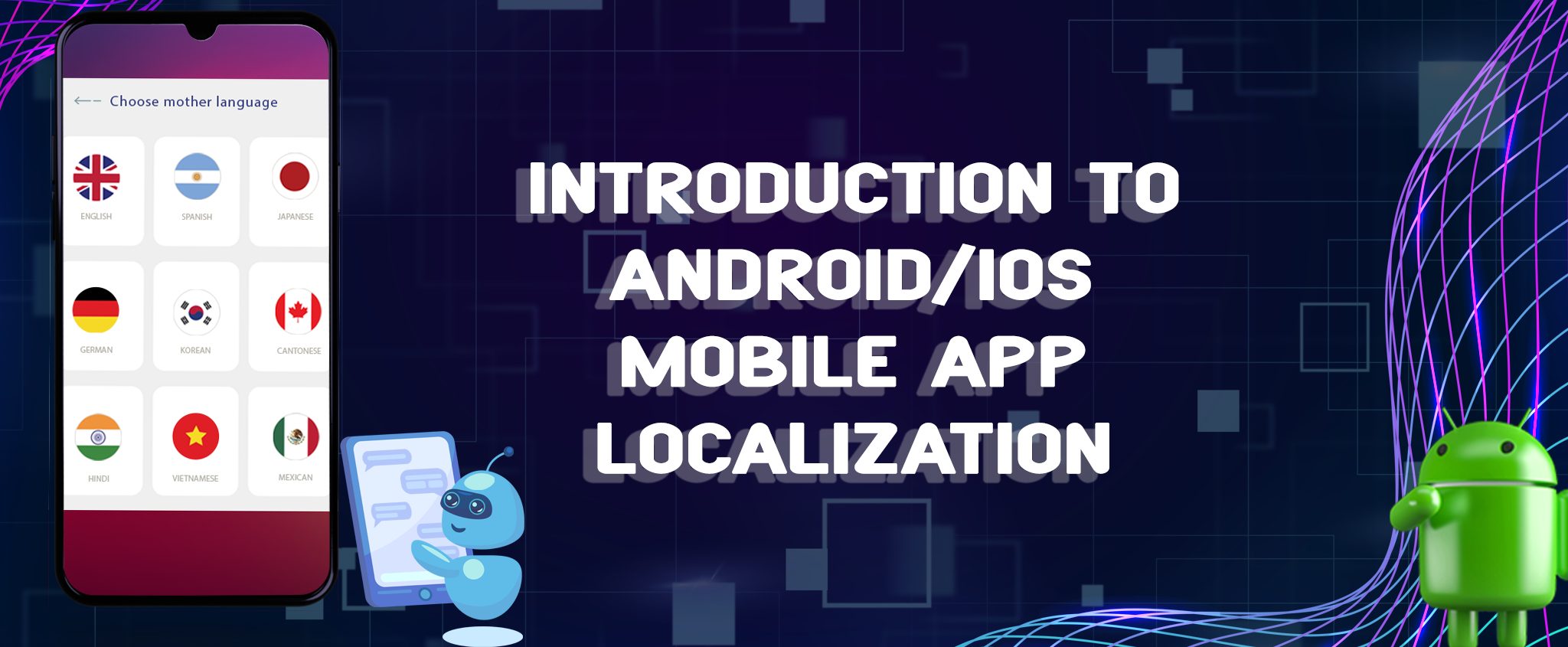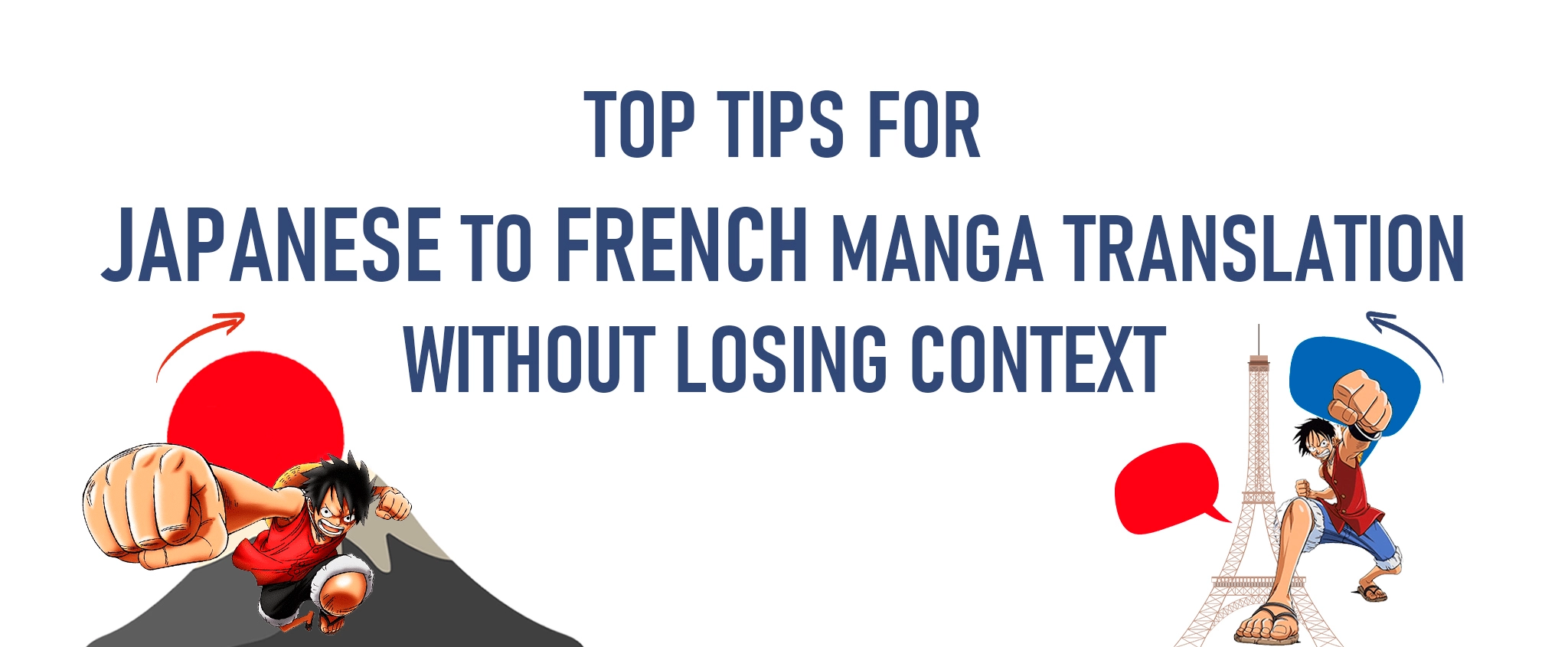Introduction to Android/IOS Mobile App Localization
Key takeaways:
- Mobile app localization is the process of making your app accessible to a global audience by translating text and images and adding local features.
- App localization services are crucial for businesses that want to go global with their mobile apps.
- Localizing your Android app can help you tap into new markets and expand your customer base.
- Localizing your iOS app can be a challenge due to the platform’s limited number of languages.
- It is not a one-time process when you localize your app for a new market. It should be an ongoing effort to keep your app up-to-date with the latest trends and changes in the global market.
- Translating your mobile app is different from localizing it. Localization considers the cultural context of your target market when adapting your app.
- Android and iOS apps often differ in the programming language, design distinctiveness, and audience. It is crucial to consider these differences as you localize your app for each platform.
Table of contents
- What is App Localization?
- Why You Should Localize Your App
- Types of Mobile App Localization
- How to Localize your Android Mobile App
- IOS Mobile Localization Best Practices
- CCCI – Android/IOS Mobile App Localization
Mobile application localization is the process of adapting your app to a specific market or region. This includes translating the app’s text and images and adding local features and functionality. This article will give you an overview of mobile app localization and the crucial role of app localization services for your business.
As the world goes mobile, so do businesses. Mobile apps have become an essential part of many companies’ marketing and sales strategies. But what about making your app accessible to a global audience? Android or iOS app localization can help you tap into new markets and expand your customer base.
If you look into your potential US audience for your mobile app, you can have around 300 million users. And beyond the borders, there are about 4.8 billion mobile phone users in total! So if you want to go global, you have to make your product available in other languages and localized.
What is App Localization?
Localizing your Android or IOS app is the process of making your app available in multiple languages and adapting it to specific locales. This process can be as simple as translating your app’s text into another language or more complex, involving adding local features and functionality.
App localization services can help you navigate the process of adapting your app for different markets. These can provide translation, project management, QA testing, etc. There are a few key things to keep in mind about the basics of mobile app localization:
App store optimization (ASO): Make sure your app’s title and keywords are optimized for each market you’re targeting. This will help potential customers find your app in app stores.
Design and layout: Consider how text expansion or contraction might affect your app’s design. You may need to adjust the layout of your app to accommodate different languages.
Functionality: Some features or functionality may not be relevant in specific markets. For example, if you’re targeting the Chinese market, you’ll need to consider how to integrate China’s unique payment methods.
Testing: It’s essential to test your localized app thoroughly before launch. This includes functional testing to ensure all features are working as intended and linguistic testing to ensure the quality of your translations.
Why You Should Localize Your App
There are many reasons to consider localizing mobile apps. It can help you:
- Reach new markets and expand your customer base
- Improve app discoverability in foreign app stores
- Enhance the user experience for international customers
- Boost your app’s conversion rates
- Increase revenue
- Build brand awareness and equity
Releasing your app in new markets can be a great way to boost downloads and increase revenue. But if you don’t take the time to localize your app, you could end up with an inferior product that doesn’t appeal to your target market.
Localization can help you build a strong connection with users in different countries when done right. It can also improve your app’s conversion rates and overall user experience.
Types of Mobile App Localization
There are two main types of mobile app localization:
- Functional localization: This type of localization focuses on making your app function properly in a specific locale. This includes ensuring that your app can handle local currency, date and time formats, and other regional differences.
- Cultural localization: This type of localization goes beyond the functional aspects of your app to make sure it is culturally relevant to your target market. This can involve translating text, images, and audio and adding local content and functionality.
Which type of localization you need will depend on your app and your target market. In some cases, you may need both types of localization to ensure your app is thriving in a new market.
Note: Localization is more than translation. Translation is converting text from one language to another. Localization takes into account the cultural context of your target market when adapting your app.
How to Localize your Android Mobile App
Assuming you’ve already built your app and it’s available in the Google Play Store, there are a few steps you’ll need to take to localize it. Here are a few tips to get started:
- Start with a solid foundation: Make sure your app is well-designed and easy to use before starting localization. A complex or buggy app will be even more challenging to localize.
- Simplify your text: Use short, simple sentences that can be easily translated. Avoid idioms, puns, and other wordplays, as these can be difficult to translate.
- Consider images and audio: Images and audio are vital to your app’s user experience. Be sure to consider how these will be affected by localization.
- Think about context: Localization is more than just translating text. Consider the cultural context of your target market and make sure your app is relevant.
- Test, test, test: Once you’ve localized your app, thoroughly test it. This will help ensure a positive user experience for your global audience.
Pro Tip
Pro Tip
The app localization best practices also apply if you want to localize your iOS app. Localizing mobile apps is essential for any business that wants to succeed in the global market.
IOS Mobile Localization Best Practices
Mobile localization is a complex and ever-changing process. Here are a few tips to keep in mind as you navigate the world of IOS app localization:
- Get organized early on. The localization process can be complex, so getting your ducks in a row from the start is vital. Make sure you have precise project management tools and techniques to keep track of all the moving parts.
- Don’t wait until launch day to start thinking about localization. Localization should be an integral part of your app development process. You can avoid costly last-minute changes and ensure a smooth launch in multiple markets by baked localization into your development cycle.
- Consider the user experience. When localizing your IOS app, keeping the user experience front and center is important. Make sure that your app is easy to use for people in different markets, considering things like language, culture, and regional differences.
- Use the right tools. There are several different localization tools available, so it is important to choose the right ones for your project. Do your research and select the tools that will help you streamline the localization process and save you time and money.
- Work with a professional localization partner. While you can localize your app yourself, working with a professional localization partner can be a wise investment. Localization experts can help ensure that your app is adequately translated and culturally adapted for different markets.
Note: There are key differences between Android and iOS app development that might be helpful in your localization process. The two often differ in the programming language, design distinctiveness, and audience. Keep them in mind as you localize your app for each platform!
Yes, localizing your mobile app is a complex process. As a mobile app developer, you do not have to learn all the languages in the world and immerse yourself in your potential audiences’ cultures. There’s no need to go through endless translation fails! You can use the time to focus on what you do best instead–developing–and let mobile app localization services take care of the rest.
CCCI – Android/IOS Mobile App Localization
CCCI is a translation and localization company that operates across Europe, Asia, and the US. We deliver language services in up to 30 languages in various industries, focusing on video game localization, manga translation, content creation, and BPO services.
CCCI has been working with top game companies for over a decade and other industries that need translation services the most. As a translation and localization company, we emphasize the difference between human and machine translations. It can be challenging to do it on your own, but with CCCI, we will make sure that the process is as smooth and effortless as possible!
Our team is up-to-date with the translation and localization trends, aiming to provide only the best quality for various business translation services. May it be press release translations, document or website translations, or any other type of content that you need to be localized, we guarantee that it will go through a series of comprehensive quality checks before being delivered to you.
The world can’t wait to use your mobile app. Get in touch with us today!






